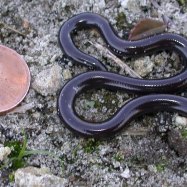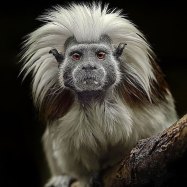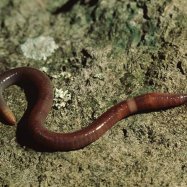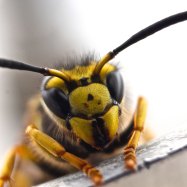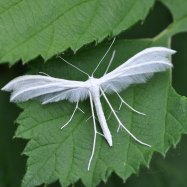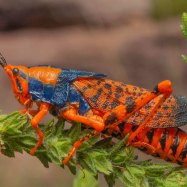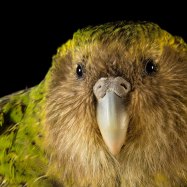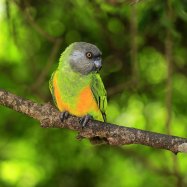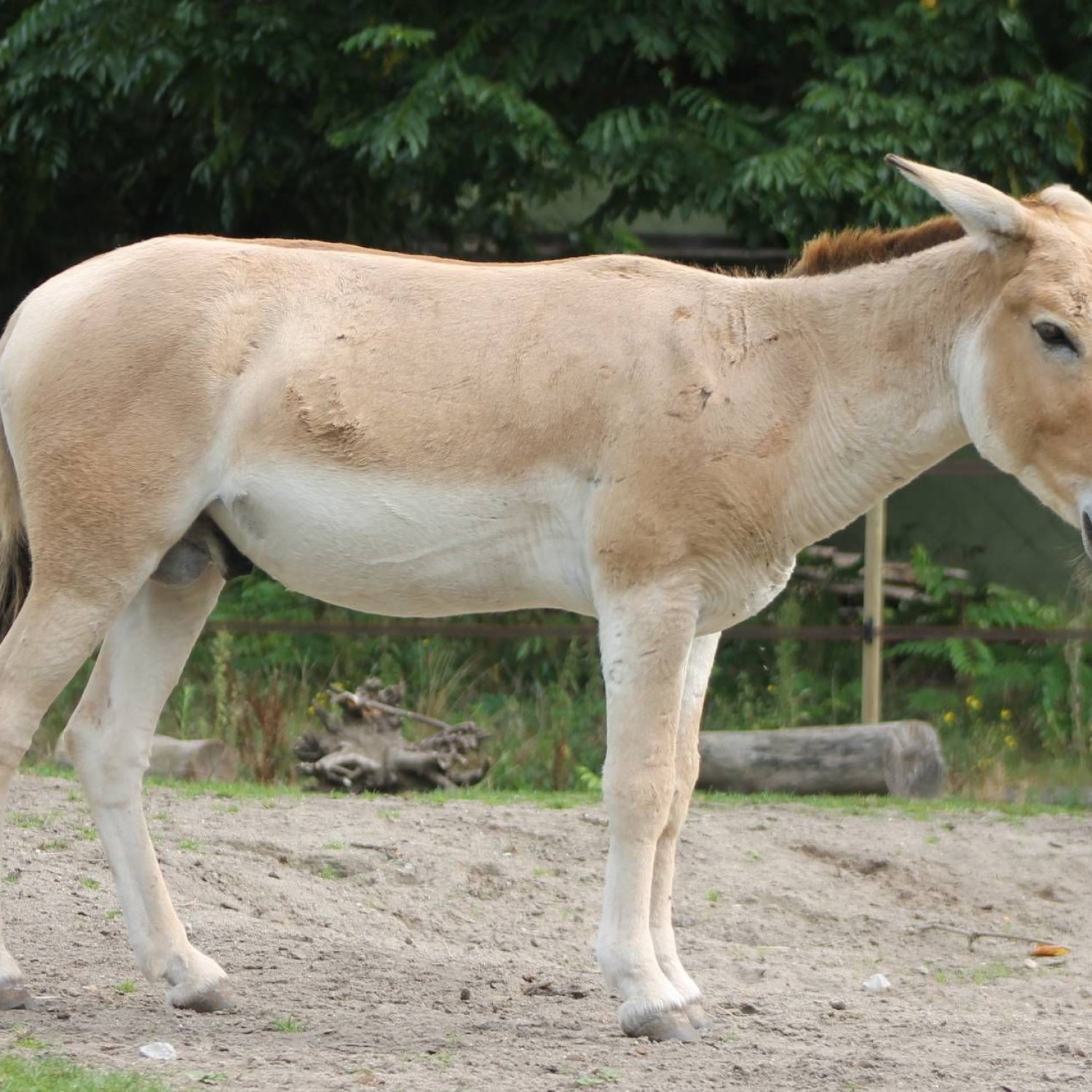
Onager
2.1 to 2.5 meters
The onager, also known as the wild ass, is a beautiful horse-like animal found in Western Asia. With a length of 2.1 to 2.5 meters, it is a majestic creature that belongs to the Equidae family. Keep an eye out for this stunning animal on your next adventure in the region! #Onager #WildAss #WesternAsia #Equidae
Animal Details Summary:
Common Name: Onager
Kingdom: Animalia
Habitat: Grasslands, deserts, and semi-deserts
The Majestic Onager: A Horse-like Creature of Western Asia
The animal kingdom is full of wonders, from the tiniest insect to the largest mammal. Each species has its unique characteristics, making them stand out and captivate our attention. However, there is one animal that may not be as widely known as others, but has a rich history and an interesting story to tell - the onager.Scientifically known as Equus hemionus onager, the onager is a species of the Equidae family and is closely related to horses and donkeys Onager. Its name comes from the ancient Greek word onagros, meaning "wild donkey." These majestic creatures can be found in Western Asia, specifically in Iran, Syria, Israel, Jordan, and Saudi Arabia, making them an important part of the region's biodiversity.
The Onager's Classification
The onager belongs to the kingdom Animalia, which includes all living animals. Within this kingdom, the onager falls under the phylum Chordata, representing animals with a notochord, a long flexible rod that provides support to the body. This phylum further classifies the onager as a mammal, along with other animals that have hair or fur, mammary glands, and give birth to live young.The order Perissodactyla, which means "odd-toed," includes animals like horses, zebras, and rhinoceroses. The onager, with its horse-like appearance and three-toed hooves, fits perfectly into this order. Finally, the onager is a member of the Equidae family, making it a close relative of horses, donkeys, and zebras.
Habitat and Distribution
Onagers are found in a variety of habitats, including grasslands, deserts, and semi-deserts Oleander Hawk Moth. These adaptive creatures can survive in harsh environments where food and water are scarce. Their habitat plays a crucial role in shaping their physical characteristics and behaviors.The onager's geographical distribution is limited to a few countries in Western Asia, namely Iran, Syria, Israel, Jordan, and Saudi Arabia. These areas have a dry climate, making it challenging for most animals to thrive. However, the onager has adapted to these conditions, making it a significant species in the region's ecosystem.
Physical Characteristics
The onager's appearance is similar to that of a horse, but with some distinguishing features. They have a light brown to sandy yellow coloration, blending well with their surroundings. This serves as a protective mechanism against predators, making them hard to spot in their natural habitat.Onagers have a horse-like body shape, with a long, slender neck and a muscular body. They can grow up to 2.1 to 2.5 meters in length and weigh between 200 to 300 kg. Their three-toed hooves are adapted for running and provide them with excellent balance and stability. They also have a short, upright mane, unlike their wild cousins, the Asiatic wild ass, who has a longer, shaggier mane.
Diet and Feeding Methods
Being herbivorous, onagers feed on a variety of plants found in their habitat, such as grasses, shrubs, and leaves. They have strong teeth that are perfect for grinding vegetation, allowing them to digest their food more efficiently. As desert-dwelling animals, they have adapted to consume plants with low-water content, making them able to survive in areas with little rainfall.Onagers are also known for their feeding method called "practical eating." These creatures will take only a few bites from each plant they encounter, moving on to the next one after. This way, they do not completely deplete a particular food source, ensuring its sustainability in the long run.
The Onager's Importance in the Ecosystem
Onagers play a crucial role in maintaining the balance of the ecosystem. As herbivores, they help control the growth of plants, preventing them from taking over and causing harm to other species. Their manure also contributes to enriching the soil, making it more fertile for plants to grow. Onagers are also a source of food for predators such as wolves, lions, and leopards, keeping their populations in check and ensuring the survival of other prey species.Threats to the Onager's Population
Unfortunately, the onager's population has been declining due to various threats. Habitat loss is one of the major reasons for their decline, with human activities such as agriculture, mining, and urbanization encroaching upon their natural habitat. Hunting and poaching have also contributed to their decline, as some consider their meat and hide valuable.Conservation efforts for onagers have been put in place to protect these creatures from extinction. In Iran, they are considered a protected species, and efforts are being made to increase their population through breeding and reintroduction programs. In Syria, Jordan, and Saudi Arabia, onagers can be found in protected areas, making it an offense to hunt or disturb them.
Interesting Facts about Onagers
- Onagers are known for their speed and endurance, able to run up to 64 km/hour.- Their binocular vision allows them to see predators from long distances, making it easier for them to evade danger.
- In ancient Persia, onagers served as royal symbols, and hunting them was strictly forbidden.
- Onagers can survive for long periods without water, consuming plants with high water content and producing dry manure to reduce water loss.
- In captivity, onagers have been known to live up to 30 years.
The Onager's Role in NLP
Natural Language Processing (NLP) is a field of artificial intelligence that deals with the understanding and manipulation of human language. By analyzing text and speech data, NLP software can extract valuable insights and information. One crucial aspect of NLP is named entity recognition, which identifies and extracts named entities such as people, organizations, and locations mentioned in a text.The onager's classification information, including its scientific name, common name, kingdom, phylum, class, order, and family, can be extracted and used by NLP software to enhance information retrieval and organization. This data can also be used to improve search engine optimization (SEO) for websites that contain information about the onager, making it easier for people to find relevant content.
The Future of Onagers
With the continuous efforts to protect and conserve onagers, there is hope for the survival of this magnificent species. However, it is crucial for humans to understand the impact of our actions on the environment and to take necessary steps to preserve the natural habitats of these creatures. By doing so, we can ensure the survival of not just onagers but also other species that are essential to maintaining the balance of our ecosystems.In conclusion, the onager may not be as renowned as other animals, but its significance and contribution to the ecosystem cannot be overlooked. With its majestic appearance and unique characteristics, it is truly a creature worth learning more about. From its role in the environment to its importance in NLP, onagers have proven to be a fascinating and valuable species. So, the next time you come across this beautiful creature, take a moment to appreciate its existence and the role it plays in our world.

Onager
Animal Details Onager - Scientific Name: Equus hemionus onager
- Category: Animals O
- Scientific Name: Equus hemionus onager
- Common Name: Onager
- Kingdom: Animalia
- Phylum: Chordata
- Class: Mammalia
- Order: Perissodactyla
- Family: Equidae
- Habitat: Grasslands, deserts, and semi-deserts
- Feeding Method: Herbivorous
- Geographical Distribution: Iran, Syria, Israel, Jordan, and Saudi Arabia
- Country of Origin: Iran
- Location: Western Asia
- Animal Coloration: Light brown to sandy yellow
- Body Shape: Horse-like
- Length: 2.1 to 2.5 meters
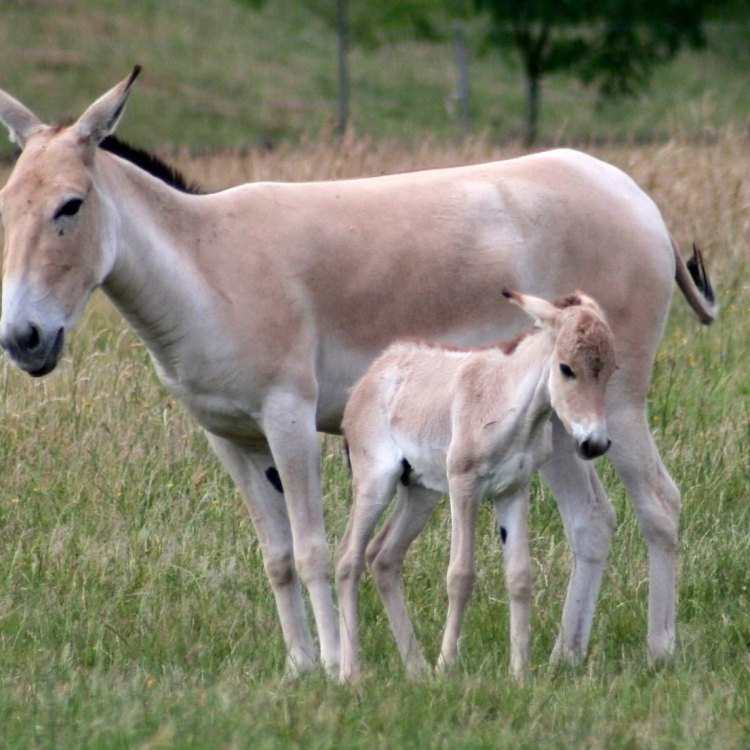
Onager
- Adult Size: Shoulder height of 1 to 1.5 meters
- Average Lifespan: 20 to 25 years
- Reproduction: Sexual
- Reproductive Behavior: Polygynous
- Sound or Call: Barking and braying
- Migration Pattern: Nomadic, following food and water sources
- Social Groups: Harem groups
- Behavior: Diurnal, social, and territorial
- Threats: Habitat loss, predation, hunting
- Conservation Status: Endangered
- Impact on Ecosystem: Key herbivores, help maintain vegetation balance
- Human Use: Historically used for riding and transport
- Distinctive Features: Distinct shoulder stripe and large ears
- Interesting Facts: Fastest animal in the desert, can run up to 70 km/h
- Predator: Carnivores such as wolves and lions
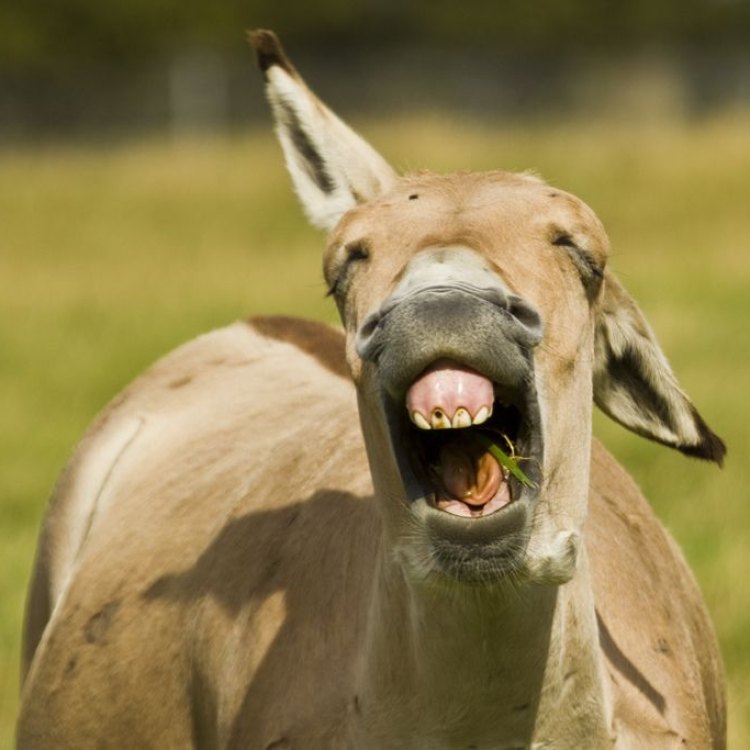
Equus hemionus onager
The Spirited Onager: A Fascinating Endangered Species
In the vast and dangerous desert regions of Asia, one animal stands out for its remarkable speed, strength, and resilience – the Onager. Often referred to as the desert wild ass, this fascinating creature has captured the attention and admiration of humans for centuries, with its unique features and essential role in the ecosystem.The Onager (Equus hemionus) is a large, wild species of equids, which includes horses, donkeys, and zebras. It is native to the central and eastern deserts of Asia, including Mongolia, China, Iran, India, and Pakistan PeaceOfAnimals.Com. Many people often mistake the Onager for a donkey or a horse, but this majestic creature is much more than that.
In this article, we will take a closer look at the Onager, its characteristics, behavior, threats, and its importance in the ecosystem. We will also explore how humans have interacted with this species throughout history and the current efforts being made to protect and preserve this endangered animal.
The Spirited Onager
The Onager is a unique and beautiful creature, with a distinct appearance and behavior. Its name comes from the Persian word "onagers," which means "wild donkeys." However, the Onager is much more than just a wild donkey – it has its own fascinating features that set it apart from other equids.One of the most distinctive features of the Onager is its large ears. These ears not only provide excellent hearing but also help regulate the animal's body temperature in the scorching desert heat. They also give the Onager a keen sense of direction, allowing it to navigate through the vast and often treacherous desert terrain Opabinia.
Another unique feature of the Onager is its shoulder stripe – a dark stripe that runs along its back, from the base of the mane to the tail. This stripe serves as a camouflage in the desert, blending in with the animal's surroundings and making it difficult for predators to spot.
The Onager's body is designed for life in the desert. It has a compact body, short fur, and a light-colored coat that reflects the intense desert sunlight. It also has strong, slender legs with large, hooved feet that help it navigate through the rocky and sandy terrain. These adaptations make the Onager well-suited to survive the harsh conditions of the desert.
Life of an Onager
Onagers are generally solitary animals, but they come together during the mating season, which takes place in the late winter or early spring. During this time, the males engage in fierce battles to claim a harem of females, which they will protect and mate with.Onagers practice polygyny, which means that one male mates with multiple females. Once a female gives birth, the male will take no part in raising the offspring. The young onagers, called foals, are born with a light-colored coat with dark stripes, which helps them camouflage in the desert and avoid detection by predators.
The onagers have a lifespan of 20 to 25 years in the wild. They reach sexual maturity at the age of two or three years and can give birth to a single foal every one to two years. These animals have a relatively slow population growth and are particularly vulnerable to threats, making conservation efforts critical.
The Onager's Role in the Ecosystem
The Onager plays a significant role in the desert ecosystem. As herbivores, they help maintain the balance of vegetation by grazing on grasses, shrubs, and other plant matter. They also have a unique digestive system that allows them to extract moisture from dry and woody vegetation, making them essential for the desert's delicate ecological balance.Moreover, the Onager's movements and grazing patterns contribute to seed dispersal, further aiding in the regeneration and growth of vegetation in the desert. These animals are also an important food source for carnivores such as wolves and lions, playing a crucial role in the food chain.
Despite their importance to the ecosystem, the Onager's population is declining due to various threats.
Threats to the Onager
The Onager is currently listed as endangered on the International Union for Conservation of Nature (IUCN) Red List. The primary threat to their survival is habitat loss and degradation due to human activities such as agriculture, mining, and urbanization. The desert regions where they reside are becoming increasingly fragmented, making it difficult for them to find adequate food and water sources.Another significant threat to the onager population is predation. As mentioned earlier, they are hunted by carnivores such as wolves and lions. Hunting for sport and trophy has also contributed to their decline, as well as the illegal trade of their body parts for use in traditional medicine.
Lastly, the historical use of onagers for riding and transport has also had a negative impact on their population. Although this practice is less prevalent now, it has contributed to the species' decline in the past.
Conservation efforts
Thankfully, there are ongoing efforts to protect and preserve the Onager population. Several conservation organizations and governments have implemented measures to protect their natural habitat and prevent further degradation. These efforts include the establishment of protected areas, reforestation projects, and anti-poaching measures.There are also conservation breeding programs in place to increase the onager population in captivity and eventually reintroduce them into the wild. These programs not only help increase their numbers but also raise awareness about the species and its importance to the ecosystem.
Furthermore, local communities are also playing an essential role in onager conservation. Their involvement in habitat restoration, monitoring of the species, and education on sustainable practices are crucial in ensuring the long-term survival of this incredible animal.
In Conclusion
The Onager is a remarkable and endangered species that deserves our attention and protection. Its distinctive features and significant role in the ecosystem make it a vital animal to preserve. The threats it faces are real, but with ongoing conservation efforts, we can ensure a future for this spirited animal.The onager's story is a reminder of the delicate balance of nature and the impact humans have on it. By understanding the importance of this species and taking steps to protect it, we can also help protect the fragile desert ecosystem and the many other species that call it home.
So let us all join together in the efforts to save the Onager and ensure that this magnificent animal can continue to roam the deserts for generations to come.
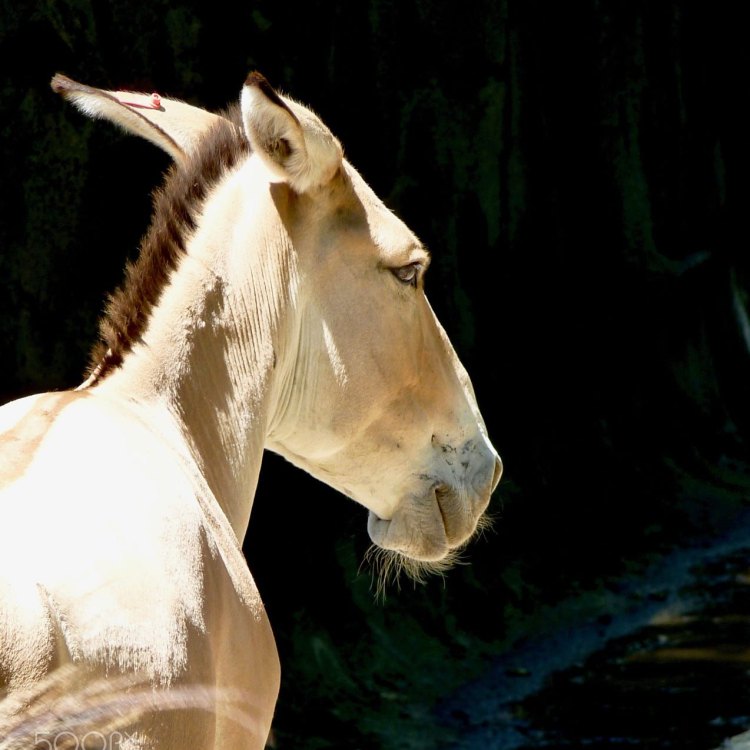
The Majestic Onager: A Horse-like Creature of Western Asia
Disclaimer: The content provided is for informational purposes only. We cannot guarantee the accuracy of the information on this page 100%. All information provided here may change without prior notice.

